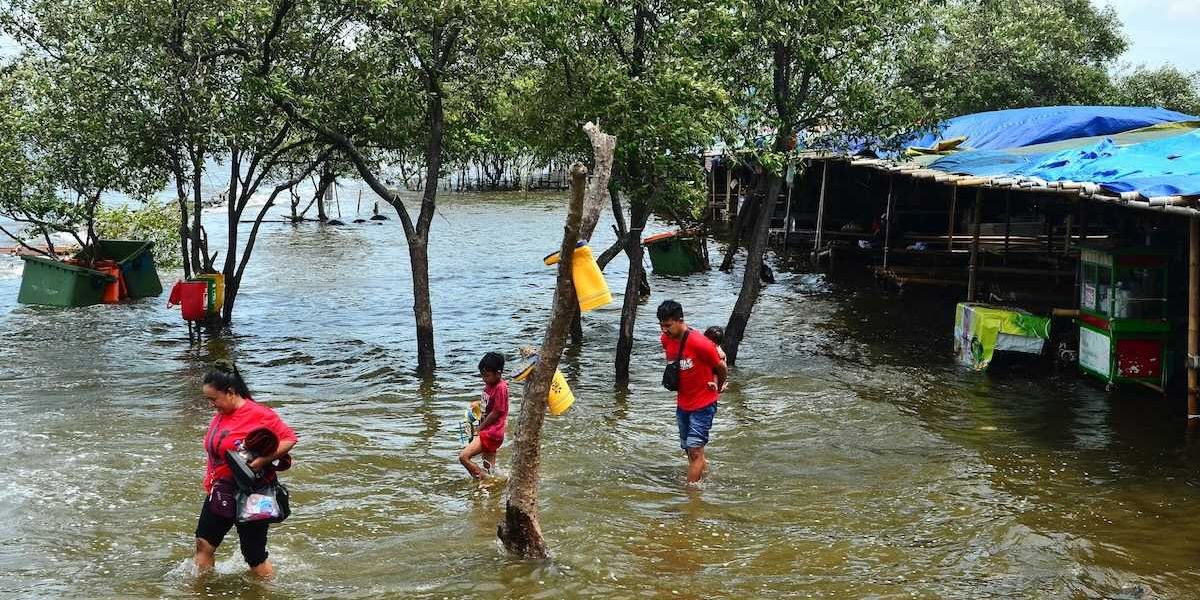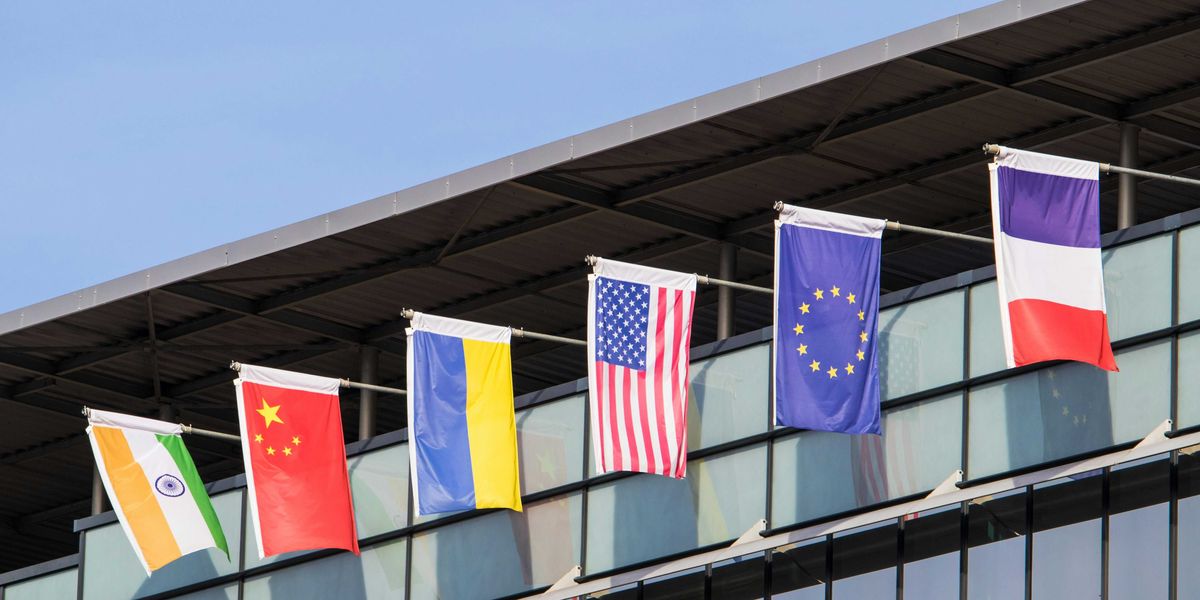India cuts coal dependence as solar and wind power surge
India added record levels of renewable power this year even as fossil fuels still dominate its electricity generation, showing both progress and limits in its energy transition.
Sibi Arasu reports for The Associated Press.
In short:
- India added 30 gigawatts of clean power between April 2024 and April 2025, its highest annual increase, bringing renewable energy to nearly half of the country’s installed capacity. However, coal still generates 75% of electricity output.
- Plummeting costs for solar panels and batteries, along with favorable government policies and $81 billion in private and public investments over the last decade, are helping accelerate the shift toward non-fossil energy.
- Despite growth, renewables remain underutilized due to challenges in integrating them into the grid and securing land, with actual power generation from renewables lagging behind their installed capacity share.
Key quote:
“Solar power is the cheapest it’s ever been.”
— Ruchita Shah, energy analyst at the climate think-tank Ember
Why this matters:
India’s energy shift matters because the country is the world’s third-largest carbon emitter and is rapidly urbanizing and industrializing. More cars, factories, and air conditioners mean its energy needs will triple by 2050. While India’s clean energy growth is promising, the gap between installed renewable capacity and actual use shows how difficult it is to phase out coal. The choices India makes will echo globally, affecting climate stability, air quality, and public health. Its heavy dependence on coal leads to air pollution that harms millions and fuels climate change with long-term consequences. At the same time, poorly planned renewable growth — especially solar and wind projects that displace communities or damage ecosystems — can also carry environmental and social costs.
For more: Most citizens in fossil fuel nations favor rapid shift to clean energy













